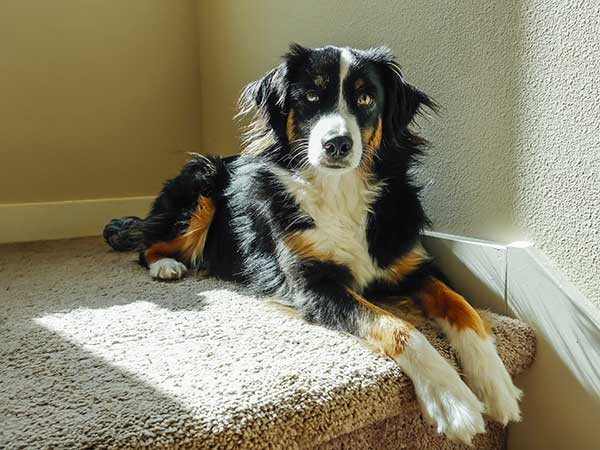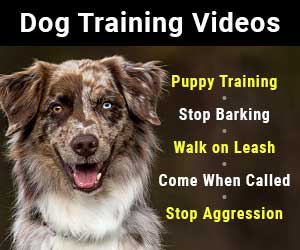
Training With Indoor Dog Agility Equipment
Indoor dog agility equipment might not be something you've considered, but it can be very important. While most agility training and competition takes place outdoors, that doesn't mean your training should be limited to outdoor work. Not only is it possible to encounter indoor competitions, it is also extremely important to keep training consistent and that means not letting bad weather throw off your schedule.
Just as with humans, dogs need to stick to a regular exercise regimen for the sake of their health. And the more strictly you adhere to a training routine, the more likely it is that the things you teach your dog will stick. For this reason, it is important to keep up training at all times, particularly if you live in an area where cold weather lasts for an extended amount of time. You don't want to suspend training for months or that could undo all of your hard work.
So how do you go about agility training inside? It's not as hard as you might think. Because traditional agility equipment can take up a lot of room it may not be possible to use it, or at least all of it at once, inside unless you have a large, open area like a garage or basement. Short of that, there is indoor dog agility equipment that you can use or even make that takes up far less room without compromising on the training.

Inti St. Clair / stock.adobe.com
Stuck indoors? Bored? You'd be surprised at what you can use for agility equipment if you get creative.
The easiest way to go about indoor training is by using one piece of equipment at a time. If you have a long hallway, for instance, you can set up a tunnel there. Or create a space in your garage or basement to work on the weave poles. A-frames and dog walks can be trickier as they are large pieces of equipment but you can use smaller ones or just partial ones to allow your dog to get the hang of mounting and walking without necessarily completing the whole obstacle. To save on space, you can create your own obstacles by using wood planks for dog walks or a series of chairs and blankets for a tunnel.
Jumps are the most difficult to transform into indoor dog agility equipment because it is not a good idea to have your dog jumping and landing on concrete or wood floors. But if you can't practice jumping itself you can still use the uprights of the jump and work on commands and staying within the bounds of the obstacle.
One Of The Most Important Pieces Of Indoor Dog Agility Equipment Is Your Dog's Brain!
Actually, working on commands is one of the best things you can do in indoor training. Remember, agility work isn't all about jumping, climbing, and crawling; it's also about forming a bond between handler and dog and learning to follow commands. This can be done in any size space and without necessarily setting up a whole course. Just working with a pause table, which is easy enough to do inside, can help to enforce the sit-stay or down-stay commands.
For your dog to be successful at agility training he has to get a mental workout as well as a physical one and this is where your focus can be when you work indoors. No matter what indoor dog agility equipment you use, you can make sure that your dog is sharpening his mental skills as much as his physical ones, which will improve your chances in competition greatly.
Don't let bad weather put a kink in your agility training routine. Find fun and creative ways to use agility equipment indoors and keep giving your dog the workout he needs. When you get back to the outdoor course you'll notice the difference as everything comes more easily.
Have Dog Training Questions?
Check out these introductory dog training videos...
I want my dog to stop being aggressive.
I want some help training my new puppy.
I want my dog to stop barking at everything.
Get Australian Shepherd Info, Website Updates, Special Offers, and Cartoons...
FREE GIFT
You'll also receive a free copy of the ebook
My Everyday Dog Training Tools
by professional dog trainer Daniel Abdelnoor, "Doggy Dan"












 Loading Image...
Loading Image...